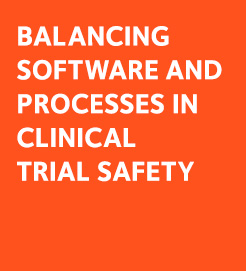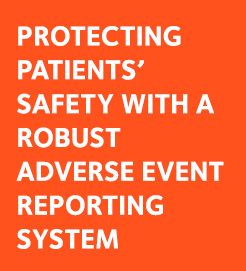Clinical trials can sometimes be very long, for example if they are set up for the monitoring of disease progression under treatment in chronic diseases. As a result, many changes are likely to occur during the study and the workload is likely to vary along the way. How should the SAE reconciliation process and tools be set to best fit these conditions?
Clinical trials can be very different from one another. Depending on the phase, the disease and other parameters, they can last from a few weeks up to decades. If the study is short and focused on a mild disease, clinical teams will encounter only a limited number of adverse events (AE) and serious adverse events (SAE) while, in long studies, the teams will probably collect hundreds or even thousands of AEs and SAEs.
Many changes are likely to happen during the course of a long study: staff turnover (internal, CRO, investigational sites), updates in regulations and company SOPs, new concomitant medication becoming available, patients age, devices (e.g. portable spirometers, electronic diaries etc.) being replaced, patients’ age… and the list goes on. The resulting workload is definitely not a flat curve but rather a very convoluted one. The need for SAE verification and reconciliation, however, remains unchanged and is unlikely to ever change. Therefore, in order to continue performing Serious Adverse Event reconciliation over a long period with regular changes along the way, a well-established SAE reconciliation software platform is necessary.
In short trials, it’s the rate of enrollment that defines to a large extend the rate of Serious Adverse Events and the schedule of SAE reconciliation. In long-term studies, enrollment is usually completed in the first few months and patients are followed up during a much longer period that can extend to decades in some cases. The SAE reconciliation process is therefore mostly driven by patients exiting the study due to disease progression, safety issues or death, all of which are captured in the safety database and subject to Serious Adverse Event reconciliation. Of course, there are also transient SAEs that do not result in study discontinuation. In addition, during the long course of the study, new data related to ongoing Serious Adverse Events may become available, as well as corrections to existing data. Finally, long-term studies tend to be low in the priority of companies, considered as “just running” and are given limited resources.
In anticipation of the challenges faced during a long study, tools and processes should be in place to minimize the impact of personnel, data and other changes, allowing a seamless transition and a smooth longitudinal follow up. Changing tools in the middle of the study is not easy so it is advisable to set the SAE reconciliation process very carefully from the beginning and select robust and user-friendly tools.
DOWNLOAD NOW THE FREE SAE RECONCILIATION HANDBOOK
The Manual / Reference Book with all the topics related to the Safety Data Reconciliation Management.







